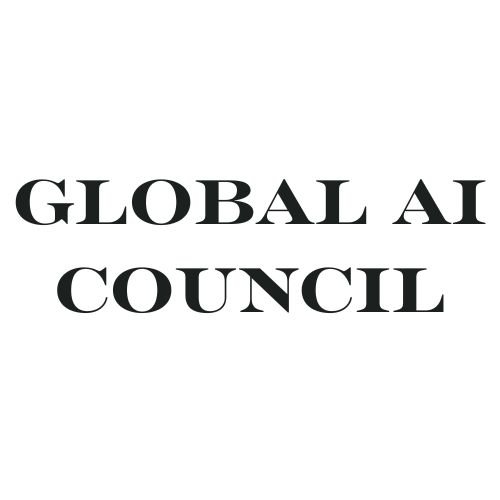Empowering Women in AI: Bridging the Gender Gap
The gender gap in AI is a pressing issue that needs to be addressed to foster a more inclusive and innovative industry. The Global AI Council is dedicated to empowering women in AI by promoting diversity and providing support for female AI professionals. This blog examines the current landscape of women in AI, identifies the barriers they face, and highlights initiatives aimed at bridging the gender gap and fostering equality in the AI field.
The Current Landscape of Women in AI
Despite the rapid advancements in artificial intelligence, women remain significantly underrepresented in this field. According to a report by the World Economic Forum, women make up only 26% of AI professionals globally. This disparity is even more pronounced in leadership roles and technical positions. The lack of gender diversity in AI is not just an issue of representation but also one that impacts the innovation and ethical development of AI technologies.
Barriers Faced by Women in AI
Several factors contribute to the gender gap in AI:
Cultural and Societal Norms: Traditional gender roles and stereotypes often discourage girls from pursuing STEM (Science, Technology, Engineering, and Mathematics) fields from a young age. This results in fewer women entering AI-related academic programs and careers.
Lack of Role Models: The scarcity of female role models in AI can deter young women from pursuing careers in the field. Seeing successful women in AI leadership positions can inspire and motivate the next generation.
Workplace Bias: Gender bias and discrimination in the workplace can hinder women's career progression in AI. Women often face challenges such as unequal pay, limited access to career advancement opportunities, and a lack of support for work-life balance.
Educational Gaps: There is a need for more inclusive educational programs and curricula that encourage and support women in AI. Access to quality education and training is crucial for closing the gender gap.
Initiatives to Empower Women in AI
To address these challenges and empower women in AI, several initiatives can be undertaken:
Mentorship and Sponsorship Programs: Establishing mentorship and sponsorship programs can provide women with the guidance, support, and networks needed to succeed in AI. Mentors can offer career advice, while sponsors can advocate for women's advancement within organizations.
Educational Outreach: Creating outreach programs that introduce girls to AI and STEM subjects at an early age can help break down stereotypes and spark interest in these fields. Programs like coding camps, robotics clubs, and AI workshops can be instrumental.
Promoting Inclusive Work Environments: Companies and organizations should strive to create inclusive work environments that support diversity and equity. This includes implementing policies that address gender bias, providing equal pay, and offering flexible work arrangements.
Highlighting Role Models: Showcasing the achievements of women in AI through media, conferences, and public speaking events can provide visible role models for young women. Celebrating women's contributions to AI can help change perceptions and inspire future leaders.
Investing in Women-Led AI Startups: Supporting women-led AI startups and providing funding opportunities can help level the playing field. Encouraging venture capital firms to invest in diverse teams can drive innovation and growth in the AI industry.
The Role of the Global AI Council
The Global AI Council is at the forefront of efforts to bridge the gender gap in AI. By promoting diversity, supporting female AI professionals, and advocating for inclusive educational initiatives, the council aims to create a more equitable and innovative AI ecosystem. Here are some of the initiatives led by the Global AI Council:
Global Mentorship Programs: Connecting aspiring female AI professionals with experienced mentors to guide their career development.
Educational Partnerships: Collaborating with educational institutions to develop programs that encourage girls and women to pursue AI and STEM education.
Networking Opportunities: Organizing events, conferences, and forums where women in AI can network, share experiences, and collaborate on projects.
Conclusion
Bridging the gender gap in AI is essential for fostering innovation, ensuring ethical AI development, and creating a more equitable society. By empowering women in AI, we can unlock the full potential of this transformative technology. The Global AI Council is committed to promoting diversity, supporting female AI professionals, and advocating for inclusive educational initiatives to achieve this goal. Together, we can build a future where women play an equal and influential role in shaping the AI-driven world.

